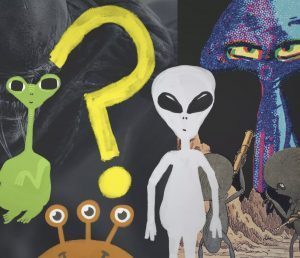Liv Boeree in Vox:
 One summer night, when I was a child, my mother and I were scouring the night sky for stars, meteors, and planets.
One summer night, when I was a child, my mother and I were scouring the night sky for stars, meteors, and planets.
Suddenly, an object with a light that pulsed steadily from bright to dim caught my eye. It didn’t have the usual red blinkers of an aircraft and was going far too slowly to be a shooting star.
Obviously, it was aliens.
My excitement was short-lived as my mother explained it was a satellite catching the sun as it tumbled along its orbit. I went to bed disappointed: The X-files was on TV twice a week back then, and I very much wanted to believe.
Today that hope is still alive and well, in Hollywood films, the public imagination, and even among scientists. Scientists first began searching for alien signals shortly after the advent of radio technology around the turn of the 20th century, and teams of astronomers across the globe have been taking part in the formal Search for Extraterrestrial Intelligence (SETI) since the 1980s.
Yet the universe continues to appear devoid of life.
Now, a team of researchers at the University of Oxford brings a new perspective to this conundrum.
More here.
